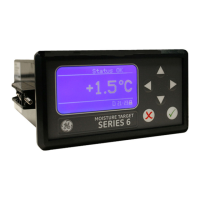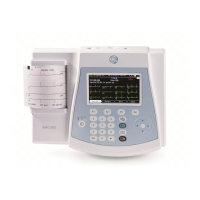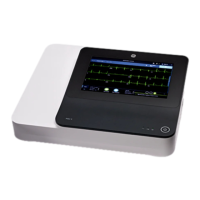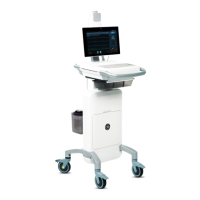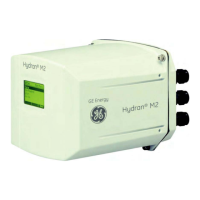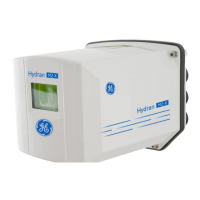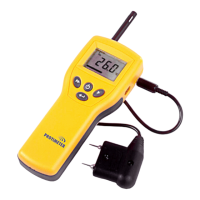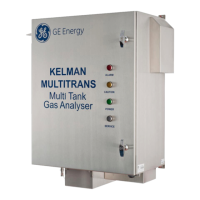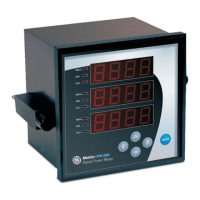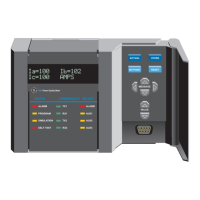GE Analytical Instruments ©2006 14-6 DLM 14291 Rev. A
Gas-tight syringes equipped with shut-off valves are ideal for headspace
measurements. With these syringes, the shut-off valve can be closed and the
plunger depressed to pressurize the gas in the syringe before injection. After
inserting the needle through the septum of the purge vessel, the shut-off valve
is then opened and the plunger fully depressed to inject the sample. Gas-tight
syringes usually have large needles that can core the septum in the purge
vessel, resulting in clogging of the needle or frequent replacement of the
septum. Side-port needles are available for most gas-tight syringes that will
reducing septum coring and clogging of the needle.
Preparation of Standards for Headspace
There are several different techniques that can be used to prepare calibrations
curves for quantitating headspace samples. The simplest approach is to use NO
calibration gas. By injecting different volumes of the calibration gas, a
calibration of peak area versus moles NO injected can be prepared. The
amount of NO injected is calculated from the volume injected, the
concentration of the standard and the ideal gas law. This technique allows
quantitation of the amount of NO in the headspace above the samples, but
cannot be used to determine the concentration of NO in the liquid phase.
Another approach for standards is to prepare sealed containers with the volume
of water or media as is present in the samples. NO from a calibration gas is
then injected into the liquid phase and the container equilibrated. A sample of
the gas headspace is then withdrawn and analyzed in the same manner as the
samples. From the volume of the liquid in the container and the amount of NO
added, the concentration of NO in the liquid phase can be calculated. This
same approach can be used with NO-donor compounds rather than NO gas. A
known concentration of an NO donor (e.g., SNAP, SNP, nonoates) is added to
the sealed container, the sample is equilibrated and a headspace sample
collected as described above.

